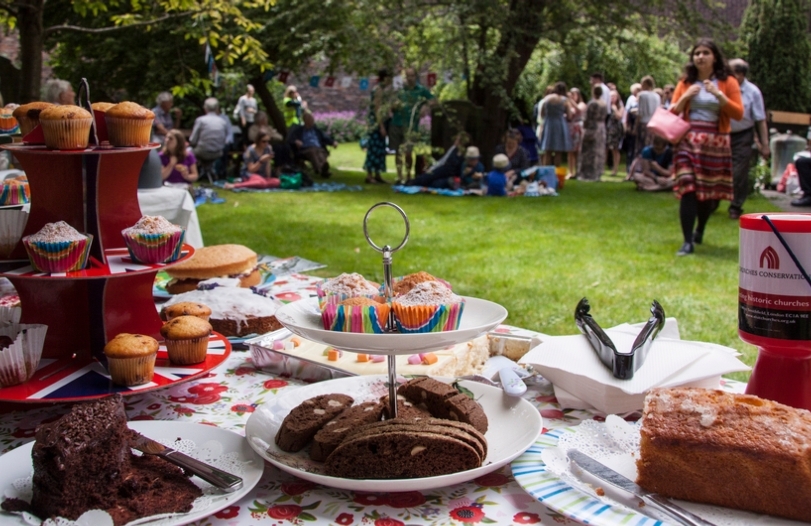Getting Started
What type of fundraising is best for you and how to get started?
- Why raise money for your church?
- Where does the money go?
- Before you start fundraising
- Different ways to fundraise – which is best for you?
CLICK THE PICTURE BELOW TO WATCH A VIDEO ON VOLUNTEERING

Why raise money for your church?
Fundraising is a huge contributor to our work and allows us to continue to protect England’s history, save more churches and to support our local communities. We have ambitious plans for the future, which will only be possible with your help and support. Quite simply, the future of our churches is in your hands! The money you raise will help us to ensure that your beautiful, historic church is kept open, in use and free to everyone at the heart of your community.
Our core funding, provided by the Department for Culture, Media and Sport and the Church of England, has declined in recent years and the number of churches we care for has continued to increase, while the cost of conservation escalates. We cannot meet these challenges without increasing our income from our communities fundraising for their local CCT church.
Where does the money go?
Each year, we spend approximately 94% of our income on conservation and repairs, and on improving access and revitalizing our churches. In 2017, this equated to just over £7m.
Donations to our general work and to our priority campaigns is the most useful form of fundraising, as this enables us to direct the money to the most urgent projects. However, we encourage you to raise funds for your own local church with which you have a more personal connection.
In addition to conservation of our churches, we have a strong focus on heritage learning and keeping the tradition of craft skills alive to ensure the long-term health of the nation’s historic churches.
You can find out more about our work and how we spend our money from our Annual Review.
Before you start fundraising
- Know what you want to achieve and why. If you have a clear vision for what you want to achieve and know exactly why you want to support work in your church, it will be easier to bring others with you. Having a strong vision will help keep you motivated and make it easier for others to understand why it matters - which may encourage them to be more generous in supporting your fundraising efforts.
- Set a target. It’s useful to set a target of how much you would like to raise. This will give you something to aim for and help with planning. Be as ambitious as you wish but remember to be realistic! (See the Financials section for information on budgeting).
- Make a plan. Once you have your vision and target, you need a plan of how you are going to get there and who you’ll need to help you. Consider how much time you will need to invest to bring your plan to fruition, how long it might take you to reach your target, and whether there are deadlines to be met. Click here for a Budget Template.
 2018 Chapter 5 - Budget Template.xlsx
2018 Chapter 5 - Budget Template.xlsx
- Who are your audiences and who is on your team? Do you know who you will be approaching to raising money from - i.e. friends, family, complete strangers, work colleagues etc. - and who you need to ask for practical or moral support?
Different ways to fundraise…
- Sponsorship – other people pledge to give you an amount for doing something amazing like running the Marathon. You then donate the money pledged to The Churches Conservation Trust.
- A donation – some people may donate without expecting you to do or provide anything in return.
- Holding an event – money from ticket sales or refreshments can count as a donation, or you can ask people to simply donate to take part in or attend the event.
- Public collections – this is typically where money is donated by people collecting with tins or buckets outside supermarkets, in stations, or as ‘retiring’ collections after events.
- Raffles – money raised from sales of raffle tickets can be donated.
Top Tip! Don’t be afraid of asking people to give! It sounds simple but many people simply forget to actually ask, or are so ‘subtle’ about it, that people don’t realise you would like them to donate!




